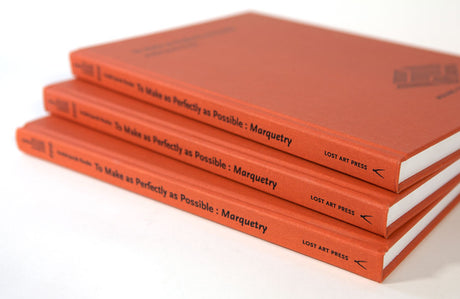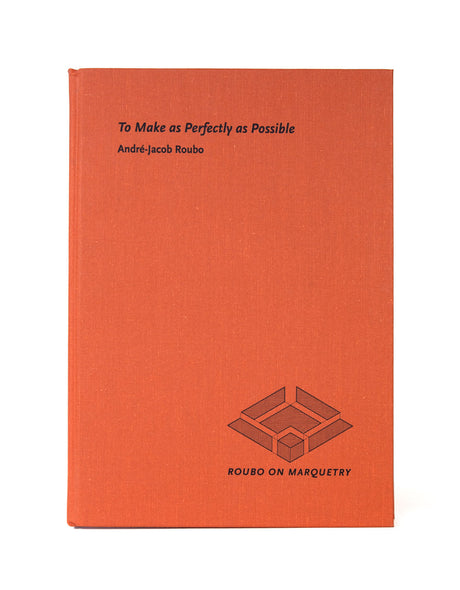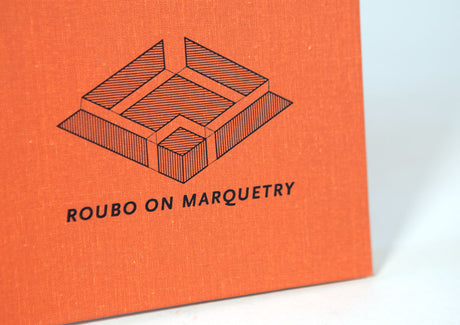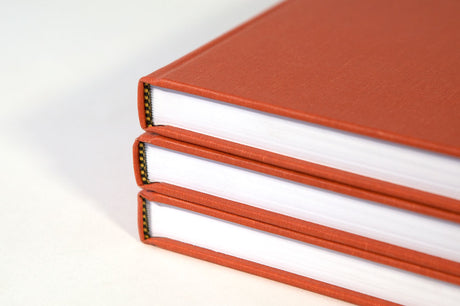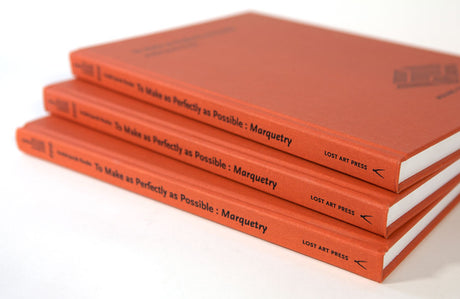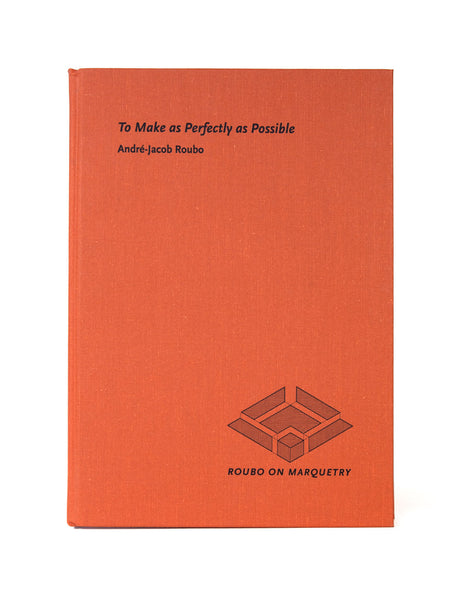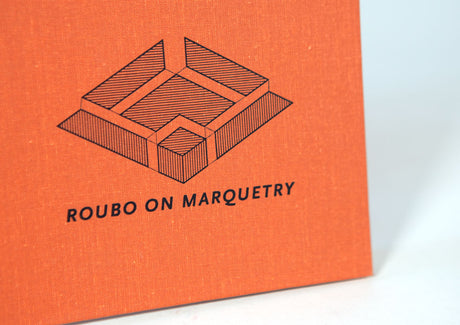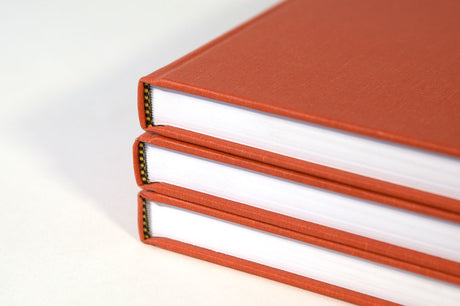To Make as Perfectly as Possible: Roubo on Marquetry
To Make as Perfectly as Possible: Roubo on Marquetry
Couldn't load pickup availability
Share
SKU: LAP-ToMakeAsPerfAsPoss-HB
Lost Art Press
Download an excerpt from this book here.
By Donald C. Williams, Michele Pietryka-Pagán & Philippe Lafargue
“To Make as Perfectly as Possible: Roubo on Marquetry” is the first English-language translation of the most important woodworking book of the 18th century.
A team of translators, writers, woodworkers, editors and artists worked more than six years to bring this first volume of A.-J. Roubo’s work to an English audience. (Future volumes of Roubo’s other works on woodworking are forthcoming.)
While the title of this work implies that it is about marquetry alone, that is not the case. “To Make as Perfectly as Possible” covers a wide range of topics of interest to woodworkers who are interested in hand-tool woodworking or history.
In addition to veneer and marquetry, this volume contains sections on grinding, sharpening, staining, finishing, wood selection, a German workbench, clock-case construction, engraving and casting brasses.
But most of all, “To Make as Perfectly as Possible” provides a window into the woodworking world of the 18th century, a world that is both strangely familiar and foreign.
Roubo laments the decline of the craft in the 18th century. He decries the secrecy many masters employed to protect craft knowledge. He bemoans the cheapening of both goods and the taste of customers.
And he speaks to the reader as a woodworker who is talking to a fellow woodworker. Unlike many chroniclers of his time, Roubo was a journeyman joiner (later a master) who interviewed his fellow tradesmen to produce this stunning work. He engraved many of the plates himself. And he produced this work after many years of study.
The Lost Art Press edition of “To Make as Perfectly as Possible” is printed to high standards. Printed and bound in the United States, the 264-page book is printed on acid-free #60-pound paper in black and white. The pages are Smythe sewn so the book will be durable. And the cover is made from heavy 120-point boards covered in cotton cloth. The book is 8-1/2” x 12”.
In addition to the translated text, essays on the text from author Donald C. Williams and all of the beautiful plates, “To Make as Perfectly as Possible” includes an introduction by W. Patrick Edwards and Patrice Lejeune of the American School of French Marquetry, an appendix on the life of Roubo and a complete index.
"To Make as Perfectly as Possible: Roubo on Marquetry" is also available in pdf format as a DRM-free file. If you need a tutorial on adding our digital books to your iPad, click here.

About the Author
Don Williams says his love of learning was probably fostered by the fact that his father was going through seminary when he was a child. Don grew up in a household without television. Instead, his family listened to classical music and read.
“But much to my parents’ dismay, I veered off into jazz as my primary interest, so they were pretty much convinced in my teenage years that they had picked up the wrong kid in the hospital,” he says.
Don maintains a love of jazz.
Jazz can loosely be defined as a combination of polyphony, syncopation and improvisation — simultaneous but independent melodic lines playing at the same time with unexpected and off-beat rhythms achieved extemporaneously. For Williams, jazz is not only what he listens to, still to this day, but serves as an outline for how he lives his life.
A self-proclaimed conservator, educator, scholar and all-around inquisitive guy, Don was a curious child who delved deep into varying topics – some unexpected – and from a young age, found connections.
Read more about Don Williams in this full profile.
